
Creeping Fig Vine Growing Creeping Fig In The Garden And Home Fig plant, Creeping fig, Ficus
The evergreen Ficus Pumila is commonly known as the climbing fig, the fig ivy, the creeping Ficus, or the Creeping Fig. It belongs to the mulberry family, and as the name suggests, it is indeed related to the fig, but it is technically a ficus. In fact, it is one of the smallest ficus plants.

Southern Lagniappe Creeping Fig Vine
The Creeping Fig, also known as Ficus pumila, is a plant characterized by its small, round leaves and a vine that tends to stretch out, crawling up surfaces. The vine produces aerial roots that allow it to climb trees, rocks, and walls. The vine spreads thanks to its vigorous growth rapidly, making it a popular choice for hanging planters.

Creeping Fig Harlow Gardens
Ficus pumila Pronunciation: FYE-kus PU-mi-la SKU #03685 9-11 Your climate might be too cold for this plant: Change Location Find In Store OVERVIEW DETAILS STYLE CARE This Plant's Growing Zones: 9-11 Your USDA Cold Hardiness Zone: Your climate may be too cold for this plant Change Location Be Inspired Small Space Solutions: Along a Narrow Walkway

Photo of the entire plant of Creeping Fig (Ficus pumila) posted by skylark
Ficus pumila, commonly known as the creeping fig or climbing fig, is a species of flowering plant in the mulberry family, native to East Asia (China, Japan, Vietnam) [2] and naturalized in parts of the southeastern and south-central United States. [3] [4] It is also found in cultivation as a houseplant.
:max_bytes(150000):strip_icc()/kararileycreepingfig-12-15f7a52d6c944fda8d2ca10f0afff905.jpg)
Creeping Fig Indoor Plant Care & Growing Guide
What are Creeping Figs? Creeping fig is commonly associated with mulberries, but in reality, it's just as much a Ficus as more recognizable fig trees, with the only difference being flavour and form. Rather than growing on thick sturdy trunks, climbing fig sprawls over the ground, or up fences and other trees in search of sunlight.

4" Variegated Creeping Ficus Plant Van
Creeping fig is an eager climber and is better able to withstand aggressive trimming than finicky species like English ivy. It's best planted in fall and will grow slowly at first, picking up the pace as it matures. It can eventually reach lengths of up to 15 feet. The milky sap of species in the Ficus genus can cause serious skin inflammation.
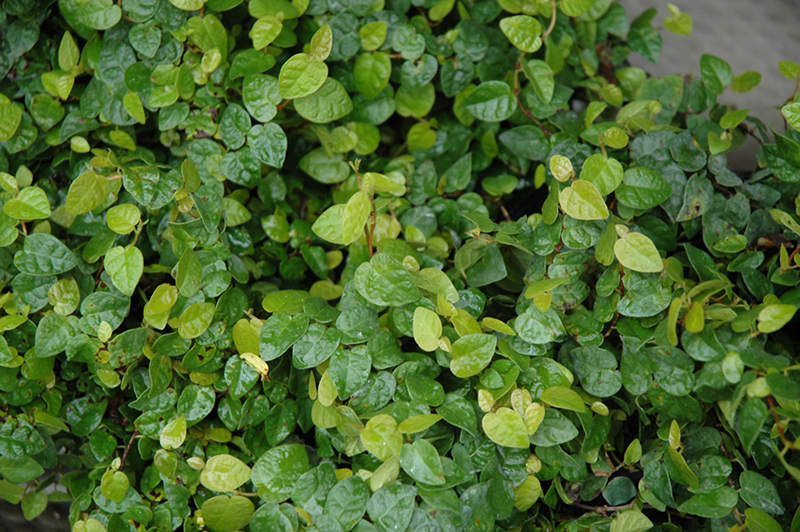
Creeping Fig (Ficus repens) in Bloomingdale Carpentersville Chicago Elgin Bartlet Illinois IL at
Backfill with the amended soil, pressing down to firm the soil around the roots and prevent air bubbles. Water the tree deeply. Add 2-4 inches of mulch around the base of the tree. When planting ficus in a container, use a lightweight potting mixture with vermiculite or perlite. Select a container with drain holes.

Ficus Pumila Creeping Fig Growing and Care [HOW TO]
Creeping fig is a fast-growing plant that can become invasive if not kept in check. The best way to control its growth is to prune it regularly. You can also grow creeping figs in pots or containers to prevent it from spreading. Soil: Creeping figs are not picky about soil type but prefer well-drained soil. If your soil is heavy or clay-like.
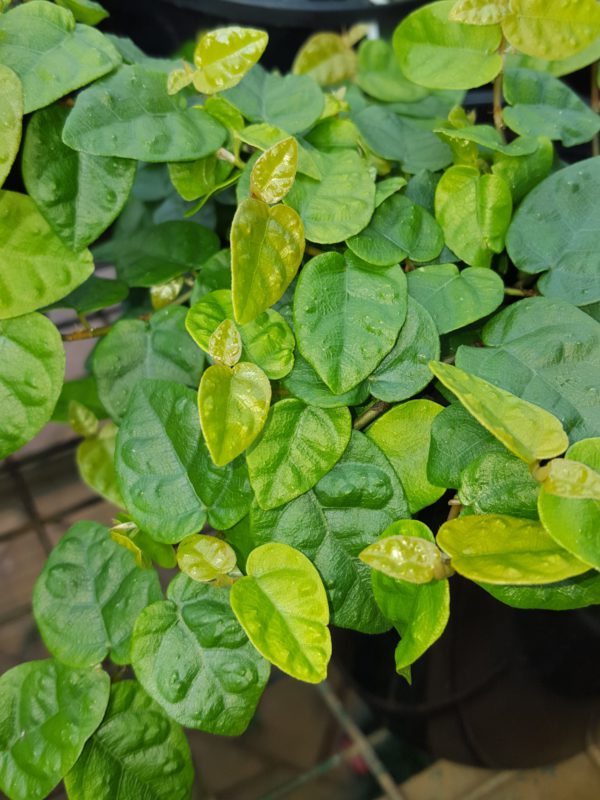
Creeping Fig "Ficus Pumila" Plants Ross Evans Garden Centre
The ficus pumila is a plant more commonly called creeping fig. It's earned this latter moniker because it's a climbing, vine-like plant whose suction-like properties enable it to cling to a wall and grow upward.
:max_bytes(150000):strip_icc()/kararileycreepingfig-9-d17b62db992c402bb3108c9b0c32c0bf.jpg)
Creeping Fig Indoor Plant Care & Growing Guide
Creeping fig is a member of the Ficus genus which includes rubber trees, towering jungle banyans, and also the familiar domesticated trees that produce edible figs. It is a native of East Asia and is found on Japan's southern islands, in eastern China, and in Vietnam.
:max_bytes(150000):strip_icc()/kararileycreepingfig-7-1cfe01d40fec4f0395200c9dcc806378.jpg)
Creeping Fig Indoor Plant Care & Growing Guide
Creeping fig ( Ficus pumila) is a fast-growing vine that can be used to soften the look of concrete garden walls. The plant's wandering stems and small leaves create an interesting lacy pattern as the vine grows across the wall. It can also be used as a groundcover.

Southern Lagniappe Creeping Fig Vine Wall Climbing Plants, Climbing Vines, Hanging Plants
The creeping fig ( Ficus pumila ), also known as the creeping ficus and the creeping fig vine, is an evergreen vine that grows as a climber as well as ground cover. Also known as climbing figs, creeping figs make for perfect climbing vines on fences and trellises.

Creeping Fig Ficus Pumila
Description Creeping fig is a broadleaf, evergreen, woody, climber in the mulberry family (Moraceae). It is native to central and southern China and eastern Asia. It is a vigorous grower and, in favorable conditions, will climb 8 to 15 feet high and spread 3 to 6 feet wide.
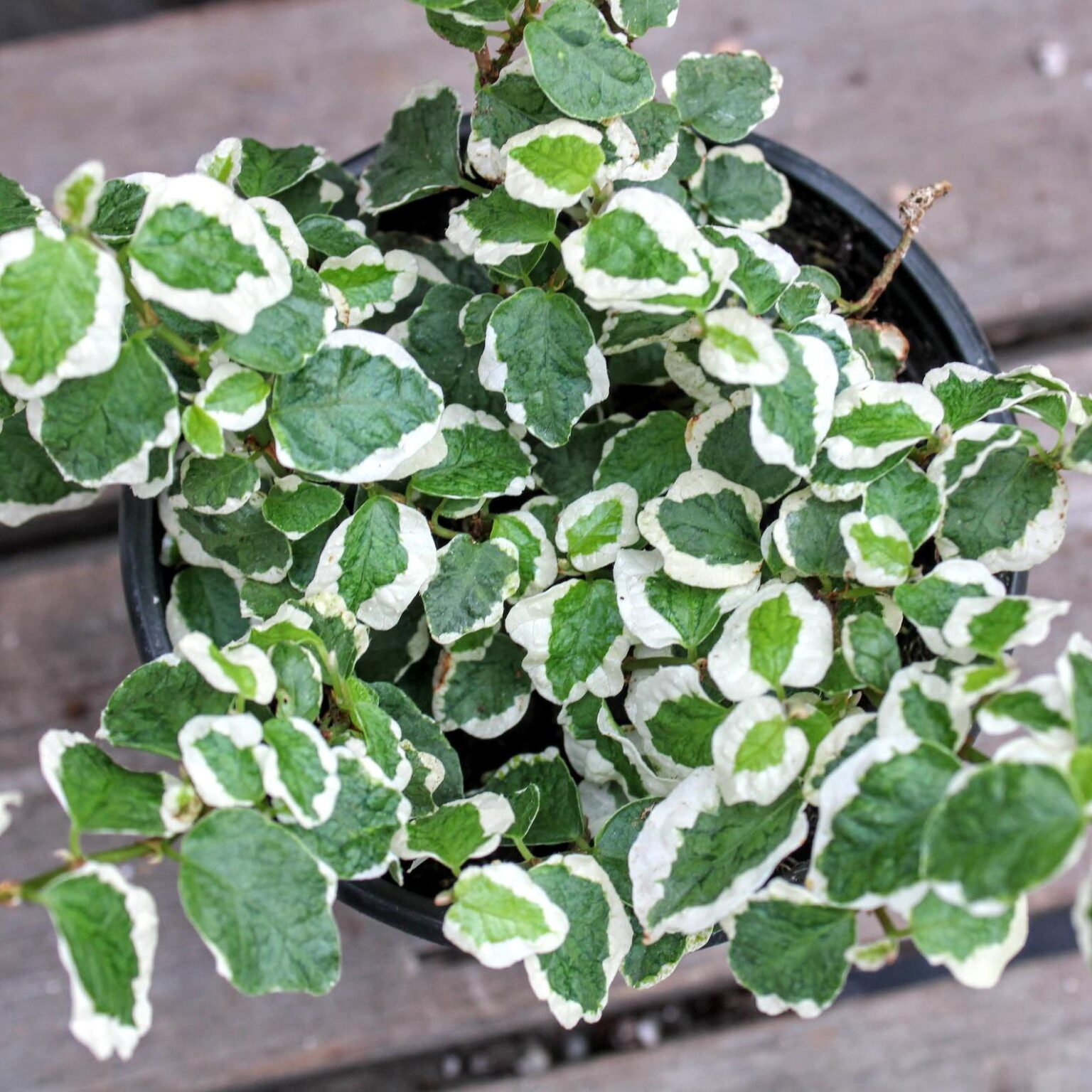
How to grow a Ficus pumila Creeping Fig Ficus Repens
In a tight space, creeping fig vines will cover a fence with a flat green curtain of heart-shaped leaves. Plant creeping fig against a wall where you can't spare the square footage for a shrub or a hedge. Tiny and tough, Ficus pumila is a dwarf member of the Ficus family. As it grows, creeping fig will latch onto a vertical surface with tiny.
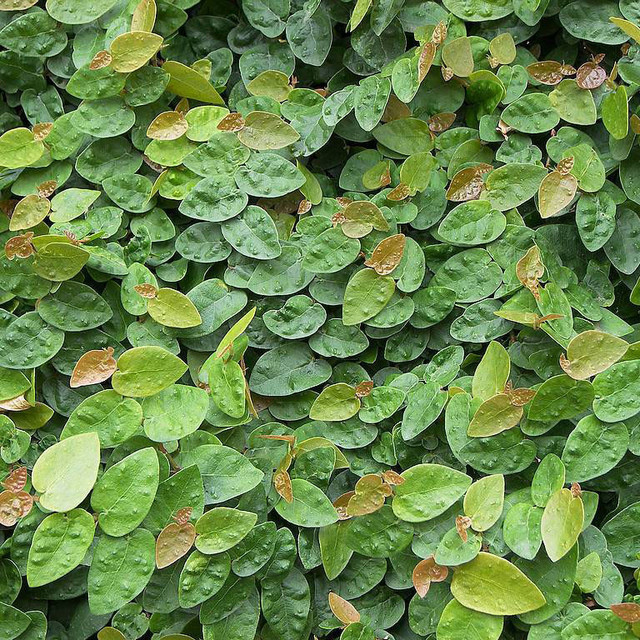
Miniature Fairy Garden Ficus pumila Creeping Fig vine Rustic Plants by Miniature Gardening
Ficus Pumila also known as the Climbing Fig plant or Creeping Fig plant is an evergreen perennial, a vining plant that is one of the more popular members of the Ficus genus. Plantsam It is considered a fast-growing plant that has a large spread and can grow as tall as 15 feet when grown outdoors.
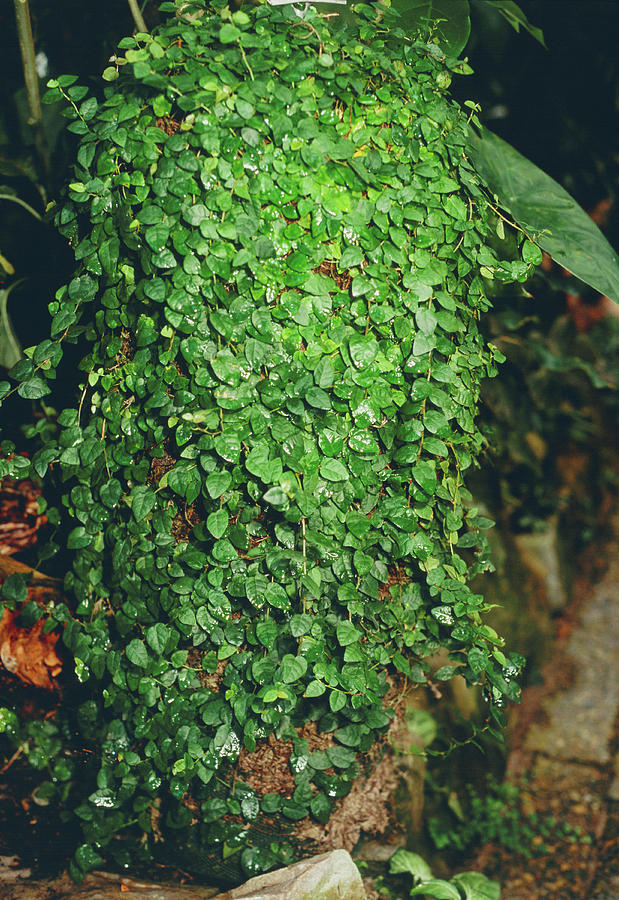
Creeping Fig (ficus Pumila) Photograph by Dan Sams/science Photo Library
Ficus pumila 'Quercifolia' (Oak Leaf Creeping Fig) has gorgeous oak leaf-shaped foliage. It's sometimes known as the String of Frogs! Ficus pumila 'Curly' has irregularly shaped delicate leaves that curl over a central lime green vein. Whatever variety you choose, rest assured that the Creeping Fig is a fantastic terrarium plant.